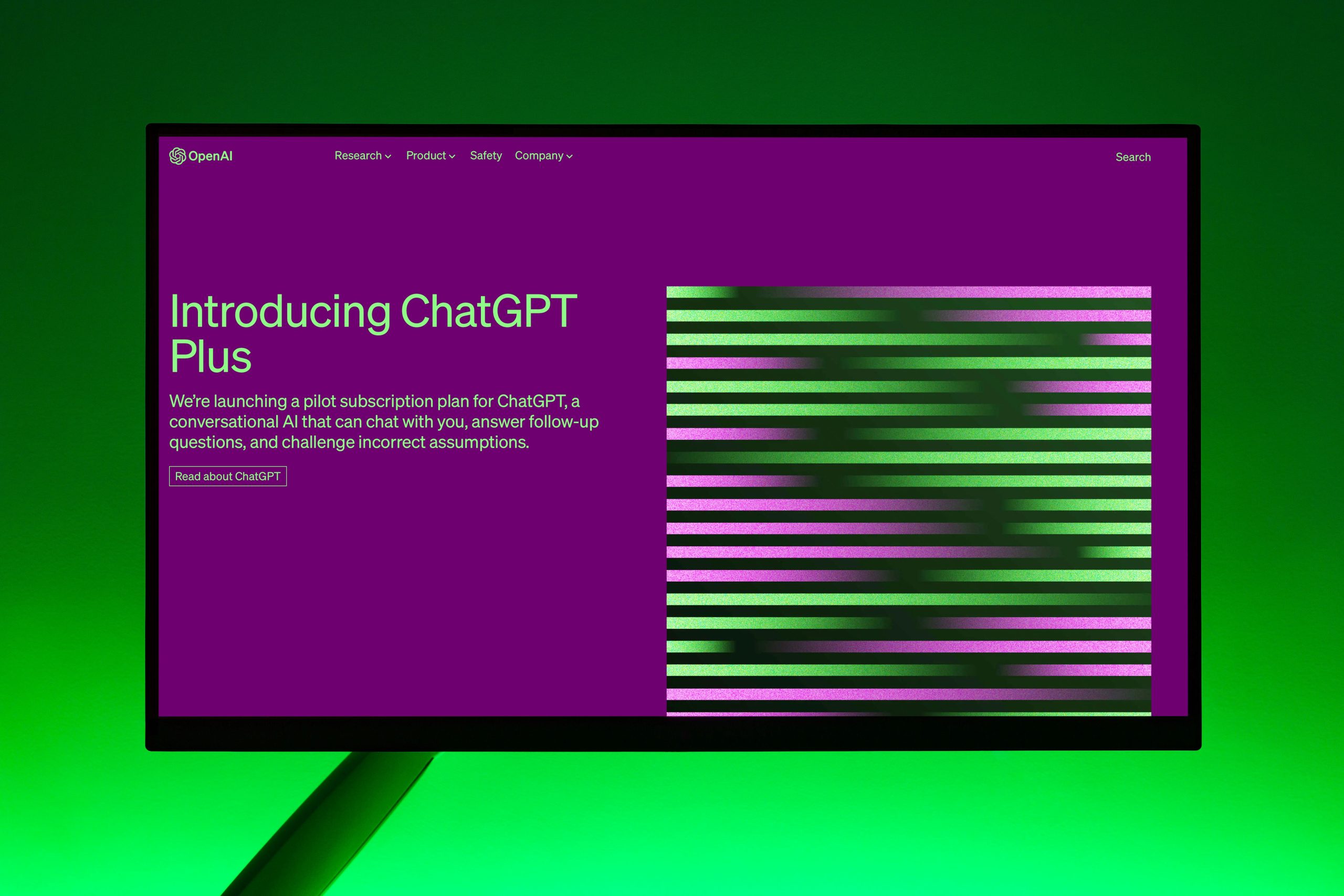Exploring Innovative Brainstorming and Planning Tactics in the Era of GPT’s Limited Capabilities
The Evolution of AI: Navigating the Challenges with GPT Technology
In the ever-evolving landscape of artificial intelligence, the functionality of tools like GPT has undergone dramatic changes. While the previous iterations of GPT, especially GPT-4, served as a robust platform for creative brainstorming and efficient planning, the current version—GPT-4o—has presented some challenges that users must now navigate.
Reflecting on Past Experiences with GPT-4
Many users found immense value in GPT-4’s capabilities. It was a remarkable assistant for generating ideas and streamlining communications in professional settings. Whether it was crafting concise business documents or brainstorming innovative concepts, GPT-4 allowed for efficient expression and inspired collaboration.
The Transition to GPT-4o
However, with the latest iteration—GPT-4o—some users have encountered a shift in experience. Here’s a breakdown of the frustrations many find themselves facing:
-
Creativity Limitations: Users often experience a reluctance from GPT-4o to fully engage with complex requests, leading to incomplete ideas or outright fabrications.
-
Acknowledgment of Errors: When inaccuracies arise, the AI may not always provide straightforward explanations, sometimes simply admitting the mistake without clear guidance on how to correct it.
-
Indirect Guidance: Rather than providing comprehensive solutions, GPT-4o frequently directs users to external tools or other resources, leaving them to connect the dots themselves.
Despite these pitfalls, it’s important to recognize that AI tools are constantly being refined. While the transition from GPT-4 to GPT-4o may seem like a setback, embracing adaptive strategies can lead to creative empowerment.
Moving Forward: A New Framework for Idea Development
In light of these challenges, how can we effectively leverage AI for our professional endeavors? Here are a few strategies:
-
Utilize AI as a Co-Creator: Approach the tool as a collaborative partner rather than a singular solution. Use it for initial idea generation and then refine those concepts further.
-
Stay Informed About Tools: Familiarize yourself with other supportive platforms that may enhance the AI’s capabilities. This can lead to a more comprehensive approach to your projects.
-
Iterative Feedback: Engage in a cycle of feedback when working with GPT-4o. Provide specific examples and requests to elicit more precise responses.
Conclusively, while GPT technology may be undergoing changes that affect its functionality, by adapting our usage strategies, we can














Post Comment